Table of content
Zongzi, a traditional Chinese rice dumpling wrapped in bamboo leaves, holds a cherished place in culinary history, especially during the Dragon Boat Festival. One of its most beloved variations is the red bean zongzi, where the sweet, earthy flavor of adzuki beans takes center stage. However, a persistent question lingers among home cooks and culinary enthusiasts: Should red beans be pre-cooked before being stuffed into zongzi, or is it acceptable to use them raw? This article delves into the nuances of this debate, exploring texture, flavor, tradition, and practicality to equip you with the knowledge to craft the perfect red bean zongzi.
The Role of Red Beans in Zongzi
Adzuki beans, known for their vibrant red hue and creamy texture when cooked, are a staple in Asian desserts and savory dishes alike. In zongzi, they serve dual purposes: adding natural sweetness and providing a pleasing contrast to the sticky glutinous rice. The beans’ ability to absorb flavors while maintaining their shape makes them ideal for this application. However, their preparation method—whether cooked or uncooked—significantly impacts the final result.
Traditional Methods: Cooking Red Beans First
In classical zongzi recipes, red beans are almost always pre-cooked. This approach stems from practicality and texture preferences. Here’s why:
-
Texture Consistency:
Raw adzuki beans are firm and dense. When enclosed in zongzi and steamed or boiled, they may not soften uniformly, leading to a gritty or chalky texture. Pre-cooking the beans ensures they become tender, blending seamlessly with the rice. -
Flavor Development:
Cooking red beans before adding them to zongzi allows for seasoning. Many recipes call for simmering the beans with sugar, salt, or aromatic spices like cinnamon or star anise, infusing them with depth before wrapping.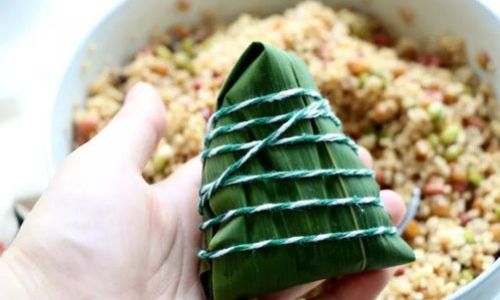
-
Reduced Cooking Time:
Zongzi typically require several hours of simmering to cook the rice thoroughly. Pre-cooked beans shorten this process, as they are already partially broken down. This is particularly useful for home cooks using modern stovetops, where prolonged boiling can lead to mushy rice or torn leaves. -
Traditional Authenticity:
Historical records and ancestral practices lean heavily toward pre-cooked beans. In regions like Guangdong and Zhejiang, where red bean zongzi is a specialty, generations have upheld this method to preserve the dumpling’s signature softness.
Modern Approaches: Using Uncooked Red Beans
In recent years, a counter-trend has emerged, with some chefs and home cooks experimenting with uncooked red beans. Advocates argue that this method offers distinct advantages:
-
Enhanced Nutritional Retention:
Raw beans retain more vitamins and minerals, as prolonged cooking can degrade nutrients. For health-conscious individuals, this is a compelling reason to skip pre-cooking. -
Unique Texture:
When steamed inside zongzi, uncooked beans develop a slightly chewy texture, akin to al dente pasta. This contrasts with the creamy consistency of pre-cooked beans, appealing to those seeking a modern twist.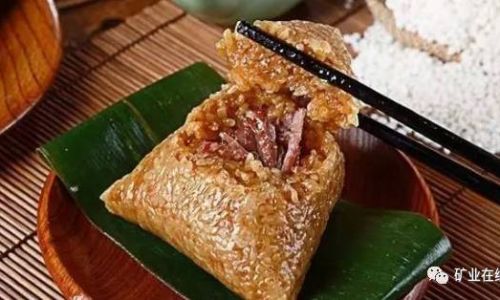
-
Simplified Preparation:
Omitting the pre-cooking step saves time and reduces kitchen cleanup. For busy cooks, this efficiency is invaluable, especially during festival seasons when multiple batches are made. -
Flavor Absorption:
Raw beans absorb flavors from the surrounding rice and seasonings during the zongzi-cooking process. This results in a more integrated taste profile, where the beans and rice meld into a cohesive bite.
Comparing Cooked vs. Uncooked Red Beans: A Side-by-Side Analysis
To determine which method suits your needs, consider these factors:
| Criteria | Pre-Cooked Red Beans | Uncooked Red Beans |
|---|---|---|
| Texture | Soft, creamy, uniform | Chewy, slightly firm, varied |
| Flavor | Intensely sweet (if seasoned) | Mild, absorbs rice/seasoning flavors |
| Prep Time | Longer (cooking + cooling) | Shorter (direct use) |
| Nutritional Value | Slightly reduced (due to cooking) | Higher (retains more nutrients) |
| Cultural Authenticity | High (traditional) | Low (modern adaptation) |
Tips for Perfect Red Bean Zongzi, Regardless of Method
If Using Pre-Cooked Red Beans:
- Soak the Beans Overnight:
This softens them, reducing cooking time and ensuring even texture. - Simmer Gently:
Cook the beans in water or broth until tender but not mushy. Avoid high heat, which can cause splitting. - Mash or Leave Whole:
For a smoother filling, mash the beans into a paste. For texture, leave them whole. - Season Thoughtfully:
Add sugar, honey, or a pinch of salt while cooking to build flavor layers.
If Using Uncooked Red Beans:
- Soak Aggressively:
Submerge the beans in water for at least 12 hours to hydrate them fully. - Combine with Rice Early:
Mix the soaked beans with glutinous rice before wrapping. This allows the beans to absorb moisture from the rice during steaming. - Adjust Steaming Time:
Increase cooking time by 30–60 minutes to ensure beans soften completely. - Test for Doneness:
Pierce a bean with a fork; it should yield easily without resistance.
Health and Nutritional Considerations
Red beans are a nutritional powerhouse, rich in fiber, protein, and antioxidants. However, their preparation method affects their health benefits:
- Pre-Cooked Beans: Boiling reduces lectins, anti-nutrients that can cause digestive discomfort. However, it may leach water-soluble vitamins like B and C.
- Uncooked Beans: Retain more nutrients but require thorough cooking to eliminate lectins. Undercooked beans can cause bloating or gas.
For optimal nutrition and safety, ensure uncooked beans are fully softened during zongzi preparation.
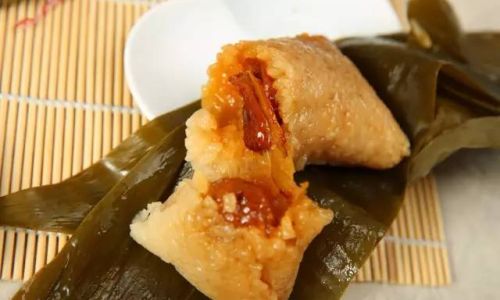
Regional Variations in Red Bean Zongzi
China’s vast culinary landscape has given rise to regional preferences:
- Guangdong Style: Sweet red bean paste zongzi, often paired with chestnuts or dried fruits. Pre-cooked beans are standard here.
- Zhejiang Style: Savory-sweet variations with pork belly and mushrooms. Uncooked beans are sometimes used to balance richness.
- Northern China: Simpler preparations, where beans are mixed directly into rice without pre-cooking, reflecting a preference for heartier textures.
Common Mistakes and How to Avoid Them
- Undercooked Beans:
- Fix: Extend steaming time and test doneness frequently.
- Mushy Rice:
- Fix: If using pre-cooked beans, reduce overall cooking time by 20–30 minutes.
- Torn Bamboo Leaves:
- Fix: Soak leaves in warm water until pliable before wrapping.
- Uneven Seasoning:
- Fix: Toss beans and rice together before wrapping to distribute flavors evenly.
Conclusion: The Verdict
The debate over cooking red beans for zongzi boils down to personal preference and culinary goals. Pre-cooked beans offer reliability, texture control, and traditional authenticity, making them ideal for novice cooks or those seeking comfort food nostalgia. Uncooked beans, on the other hand, cater to modern palates, health-conscious eaters, and efficiency seekers.
Ultimately, the best method is the one that aligns with your taste, schedule, and cultural heritage. Whether you opt for the time-tested softness of pre-cooked beans or the bold chew of raw ones, your zongzi will carry the spirit of tradition—and the satisfaction of a job well done.
So, this Dragon Boat Festival, experiment with both techniques. You might just discover a new family favorite. After all, the heart of zongzi lies not just in its ingredients, but in the love and care poured into each leaf-wrapped parcel.

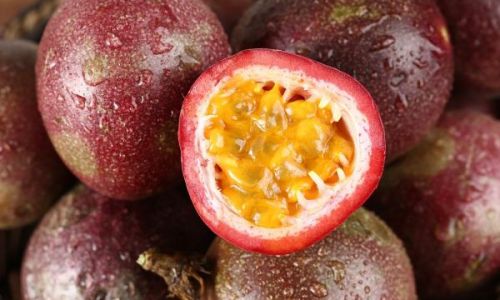

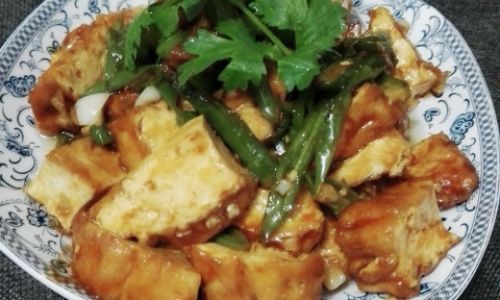
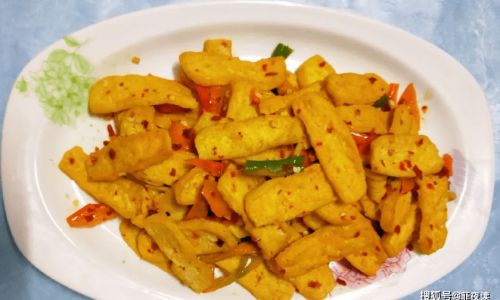
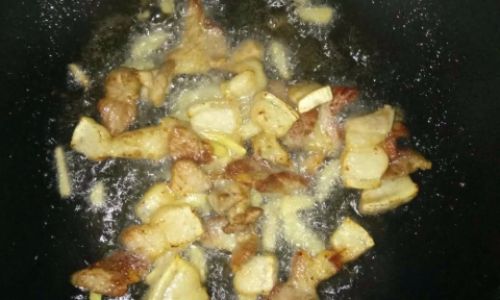
0 comments